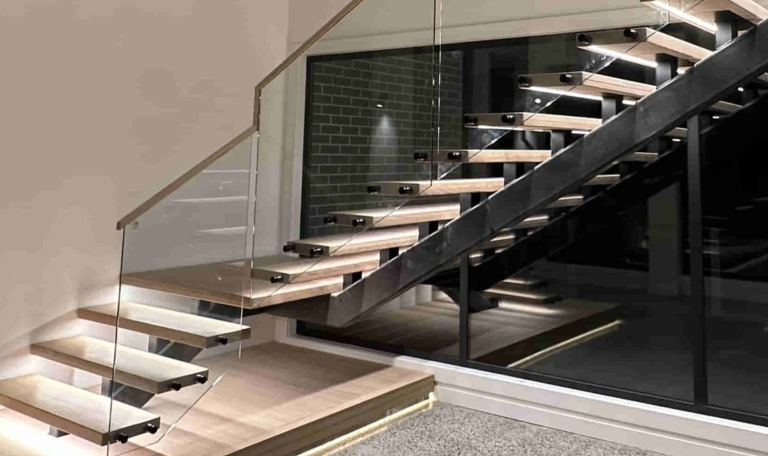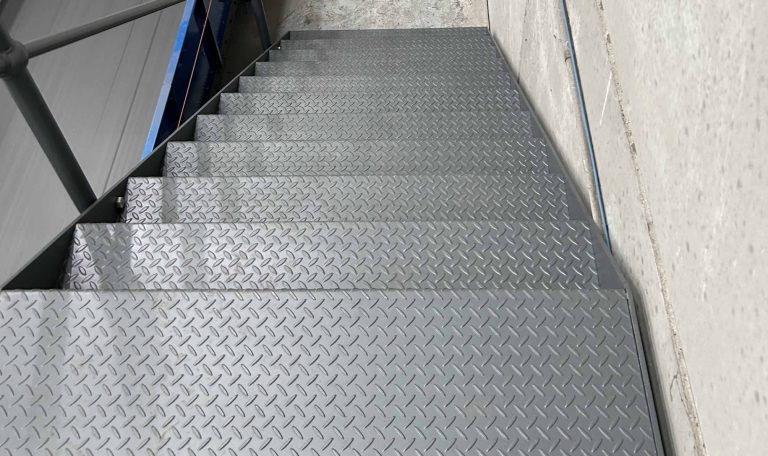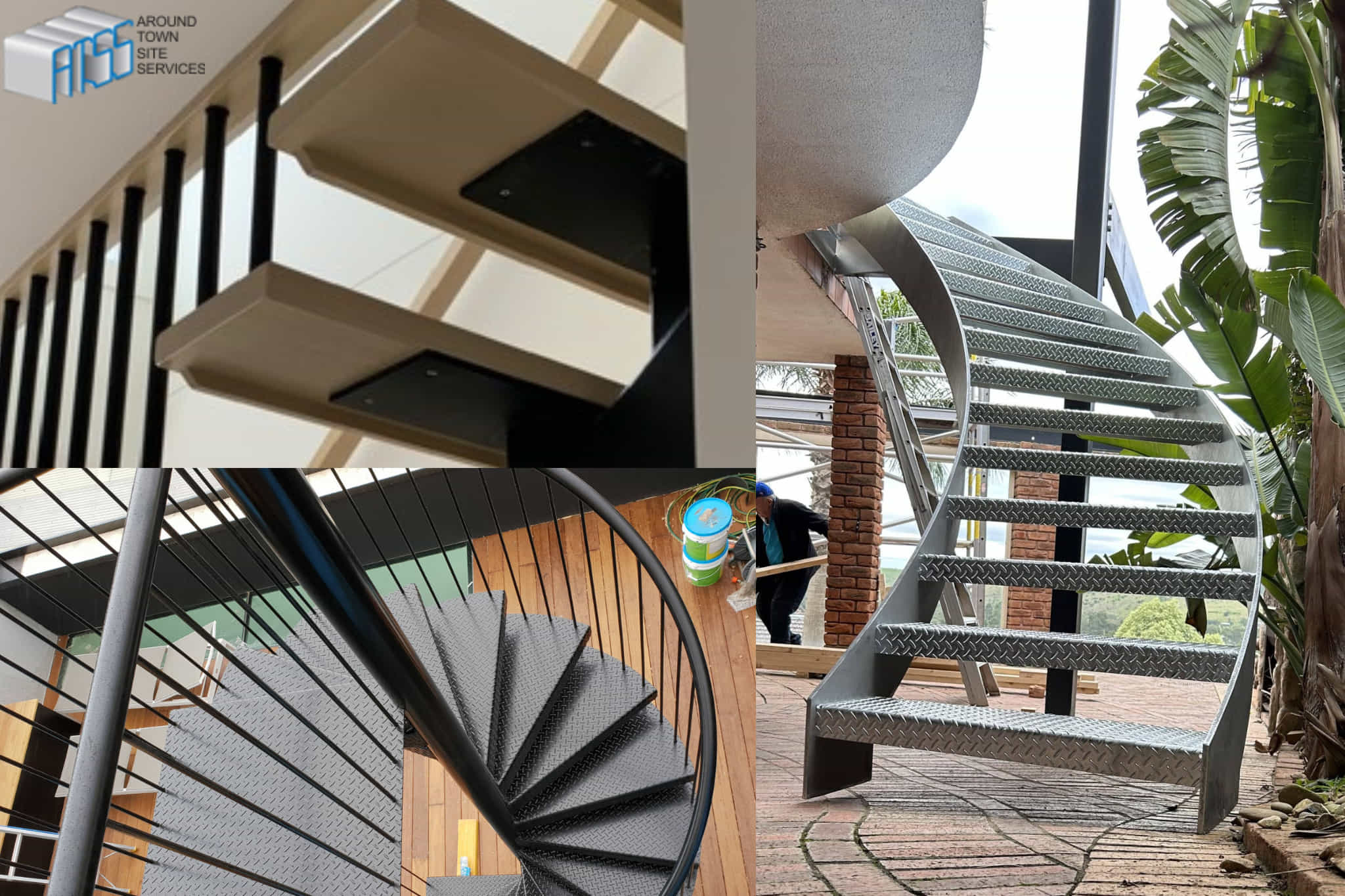Picture a world where every step you take fills you with confidence, where you can climb and descend without a second thought, and where every steel tread and riser is meticulously designed to shield you and your loved ones from harm. Our blog is here to solve the secrets of steel staircase safety, revealing the best practices that turn these metal pathways into your safety companions.
Staircases are a fundamental architectural element in homes and commercial buildings, providing access between different levels. Beyond their functional purpose, the design and installation of staircases play a pivotal role in ensuring safety and aesthetics. Check some approaches for the design & installation of stairs in Melbourne.
Design Steel Stair
1. Understanding Australian Standards 
Australia has well-defined standards and regulations governing staircase safety. It is essential to design and install staircases strictly to these standards to guarantee safety for all users. The primary standard to consider is AS 1657-2013, which outlines the requirements for designing, constructing, and installing staircases and ladders. Complying with these standards is the first step in ensuring a safe staircase.
2. Proper Staircase Dimensions
The dimensions of a staircase are a primary factor in ensuring safety. Proper dimensions contribute to the ease and comfort of stair use and minimize the risk of accidents. Here are key considerations.
3. Riser Height and Tread Depth
Maintaining consistent riser height and tread depth is essential. A riser height within the 175mm to 190mm range and a tread depth between 225mm and 355mm is recommended. Consistency in these dimensions helps reduce the risk of tripping and falling.
4. Handrails and Balustrades
Handrails and balustrades are indispensable components of staircase safety. They serve as necessary support structures. Handrails should be installed on both sides of the staircase and positioned at a comfortable handgrip height, typically between 900mm and 1100mm. Balustrades must be designed and installed to prevent falls and should adhere to height and spacing regulations to ensure they are effective in their safety role.
5. Anti-Slip Surfaces
Incorporating anti-slip features in your staircase design can significantly enhance safety, especially in outdoor staircases where exposure to the elements can make stairs slippery when wet. These features minimise the risk of accidents and provide added peace of mind for those using the stairs. Additionally, they come in various colors and designs, allowing you to match them with the overall aesthetic of your staircase. There are several effective options to consider when enhancing the anti-slip properties of your staircase.
-
Non-Slip Materials
Opt for materials that provide a non-slip surface. Various building materials are designed with built-in slip resistance. Choose materials that meet these criteria to minimize the risk of accidents.
-
Anti-Slip Coatings
Consider applying anti-slip coatings or paints to the stair treads for added safety. These coatings provide an extra layer of protection, especially in moisture-prone areas.
Installation for Staircase Safety
The quality of installation is as critical as the design itself regarding staircase safety. Here’s what you need to remember:
Professional Installation
Staircase installation is not a DIY project. Hiring a professional stairs installer who understands the intricacies of staircase construction is required. A professional will ensure the staircase is securely anchored, appropriately aligned, and complies with all safety standards. This expert touch guarantees safety, longevity, and reliability in your staircase.
Regular Inspections and Maintenance
A well-constructed staircase can deteriorate over time due to natural wear and tear. Conducting regular inspections and performing necessary maintenance to maintain safety is imperative. These actions include
- Checking for loose handrails: Handrails should be secured tightly to provide adequate support.
- Inspecting steps for damage: Ensure each step is intact and free of cracks or defects.
- Monitoring wear and tear: Staircases used frequently are subject to wear. Address any signs of wear by making necessary repairs.
In conclusion, staircase safety is paramount, and adhering to best practices for design and installation is crucial. Understanding and complying with Australian standards, maintaining proper dimensions, using quality materials, and ensuring professional installation are all vital steps toward creating a safer staircase.
Staircases are more than just a means of moving between levels; they are a fundamental part of the architecture of your space. A well-designed and safely installed staircase not only ensures practical access but also adds to the overall aesthetics of the area.
Following these best practices can create a functional and visually appealing staircase while enhancing safety. Whether it’s in your Australian home or a commercial building, prioritizing staircase safety is an investment in the well-being and satisfaction of those who use it.
The safety of your staircase isn’t something to be taken lightly. Embrace these best practices by hiring the best stair builder in Melbourne, and you’ll have a staircase that is a design perfection and a testament to your commitment to safety and quality in every aspect of your building or home.

